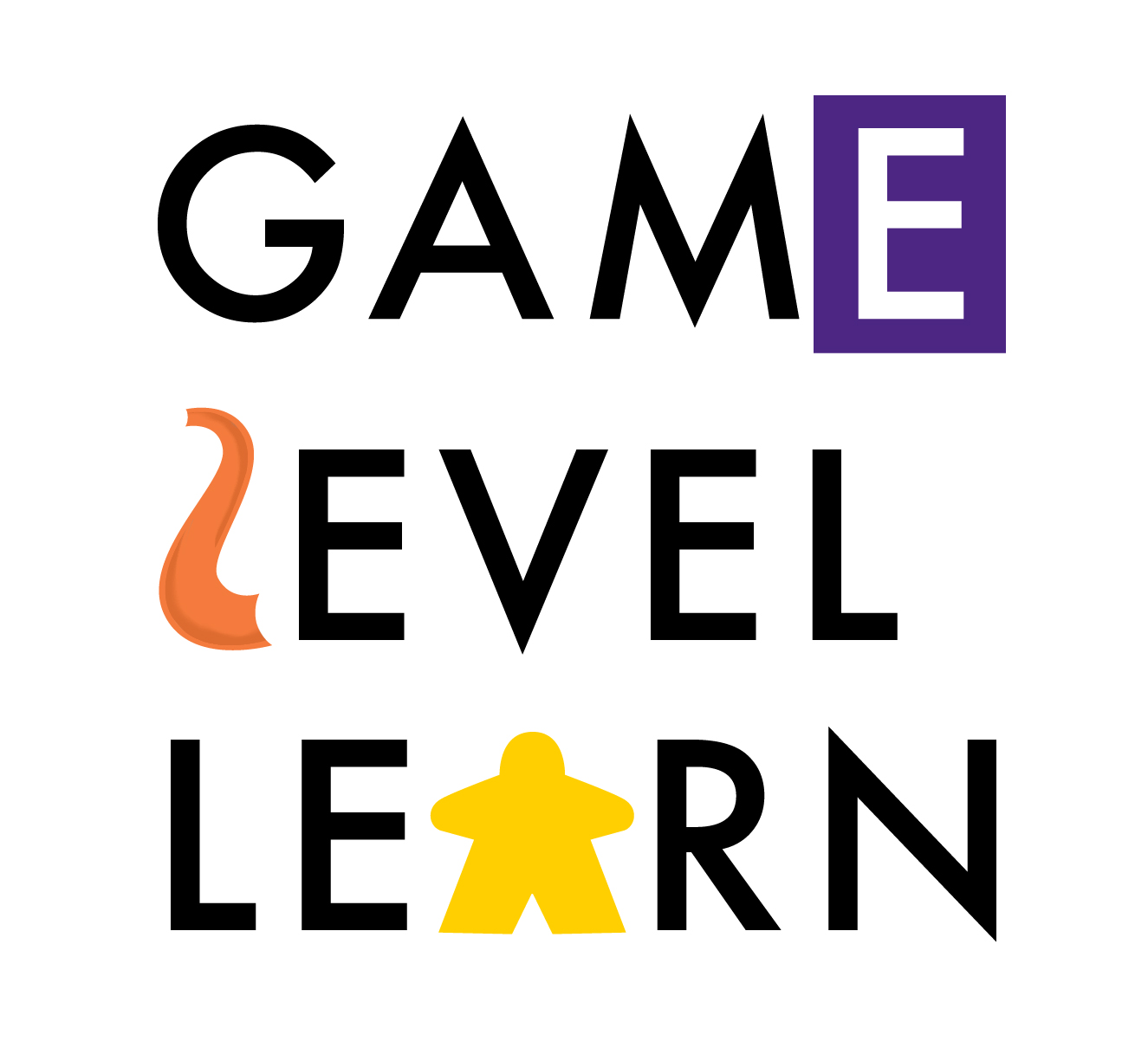51 Mechanics: Roll/Spin and Move
/BoardGameGeek (BGG) is a singular repository of gaming information, knowledge and wisdom that has been serving the modern board game hobby since 2000. I consult it regularly and have used its database to manage my own game collection. I also used it when I was writing my 2016 book on gamified instruction, particularly with regard to the game mechanics that BGG identified and organized content into. While there are more than 85,000 games, even now, there are just 51 mechanics. Since every mechanic offers something to the teacher who wants to use games in the classroom, I'm going to use this section of Game Level Learn and my own contributions to it to assess games from each of these 51 mechanics. Next up?
For anyone who isn't a devotee of the modern board gaming hobby, roll/spin and move is more or less the mechanic that makes a game a game. That's what games are! You've got a board with spaces and then you roll dice or spin a spinner and move a piece around the board and when you land on spaces, something happens. Couldn't be simpler. When done well, these games are properly fun, exciting even. But when done poorly, they are a dull death slog. For a teacher doing game-based learning, they don't offer a lot as a general rule, but this mechanic can be a great way to introduce gamified instruction to a classroom setting (as many people have played these kind of games...indeed, even very young kids). If you want to get a sense of how this mechanic might be used with greater effectiveness, here are five games to try.
Camel Up! (BGG Rank: 381)
This mechanic is used a lot in racing games, and Camel Up! is a particularly good example of these kinds of games. In this, you are a camel driver attempting to beat all others with your camel and get over the finish line first. The game has an interesting mechanic to ensure that there is never a "tie" that has to be resolved. If a racing game is something you think your students might like, try this and see what you think.
Colosseum (BGG Rank: 349)
Colosseum is a big, beautiful game about impresarios in ancient Rome who are working to try to put on a fantastic show. One of the things you have to do in this game is move various officials of the Roman state around the board. As they move, their relationship to you and the other players change. As much a game about tableau building as it is about roll/spin/move, this is one of the most beautiful games published in recent memory.
Clue (BGG Rank: 7586)
Good old Clue! If you want a great example of a properly good roll/spin/move game, the best one is probably Clue. A game with a well-known pedigree, in Clue you are trying to determine the identity of a murderer, where s/he commits murder and with what. If you haven't played Clue in a while, play it again and remember how good it actually is.
Deep Sea Adventure (BGG Rank: 549)
Deep Sea Adventure is a roll/spin and move game with a twist. You take on the role of a deep sea treasure hunter who's down on his luck. You've had to share your submarine...and its' limited air supply...with a bunch of other treasure hunters. In this game, you gather treasure, but the more you gather, the slower you climb back to the surface. Run out of air and you drop your treasures...you've got three rounds to sort this out!
Heimlich & Co. (BGG Rank: 1517)
This game from the 1980s is one of the earliest Spiel des Jahres winners and a fascinating deduction game in which you move pieces around the board based on the roll of dice and score points for the different colors based on the color of the pieces you moved and what squares they landed on. The trick? You don't know who belongs to what color and nobody knows what your color is. Fantastic deduction combined with roll/move.
Cover image from: https://www.boardgamegeek.com/image/978202/colosseum?size=large


